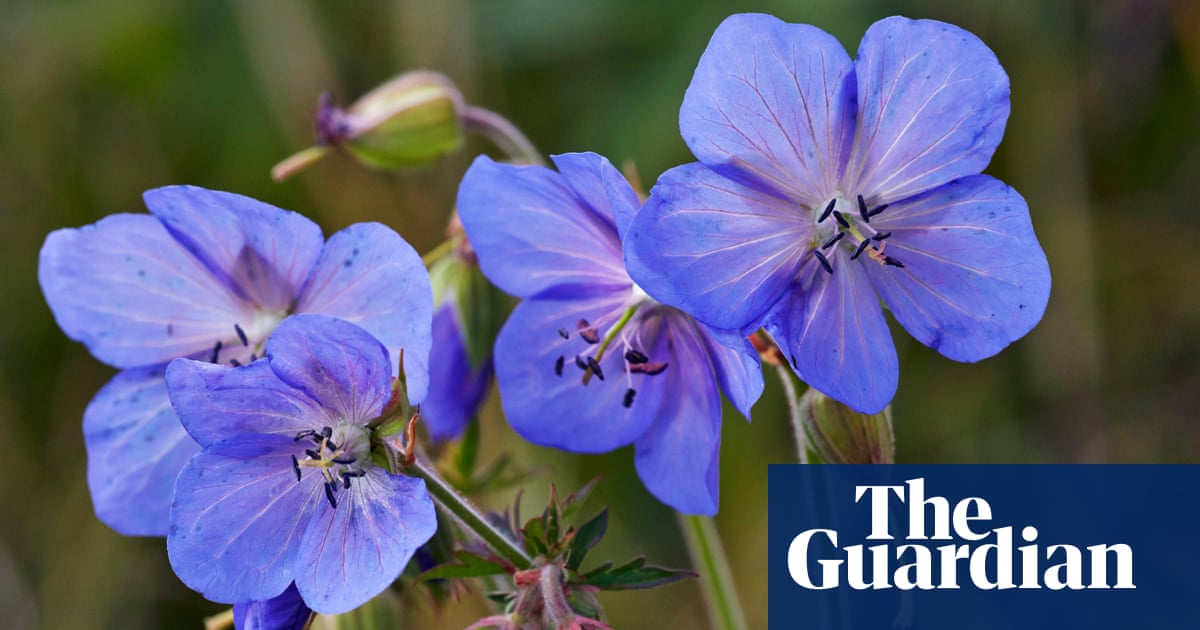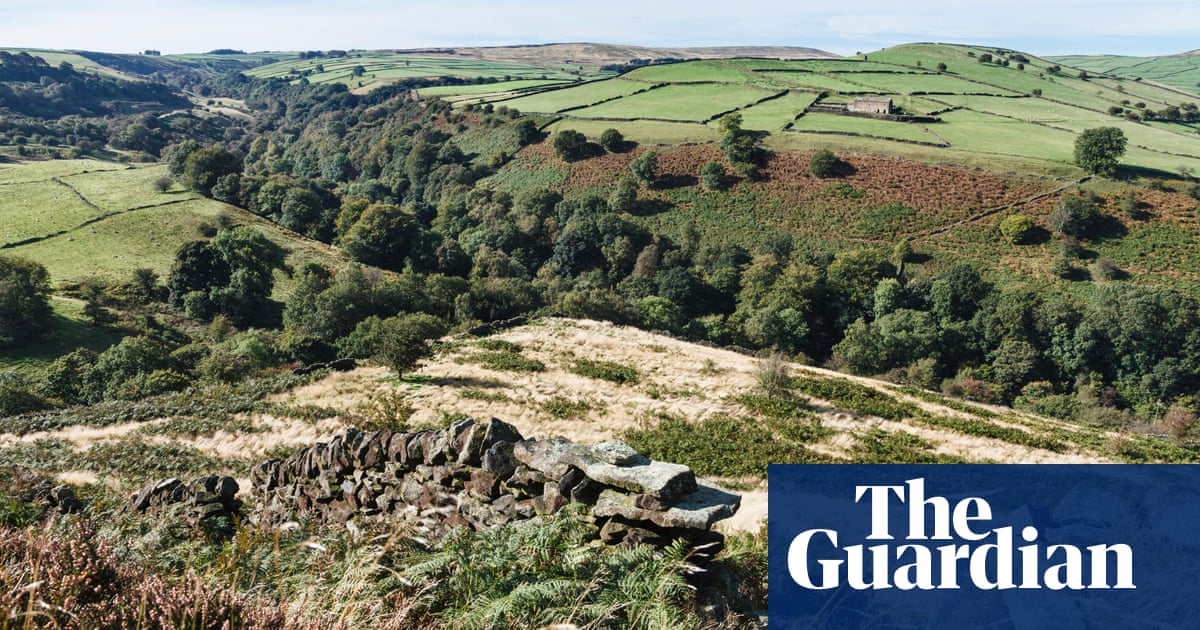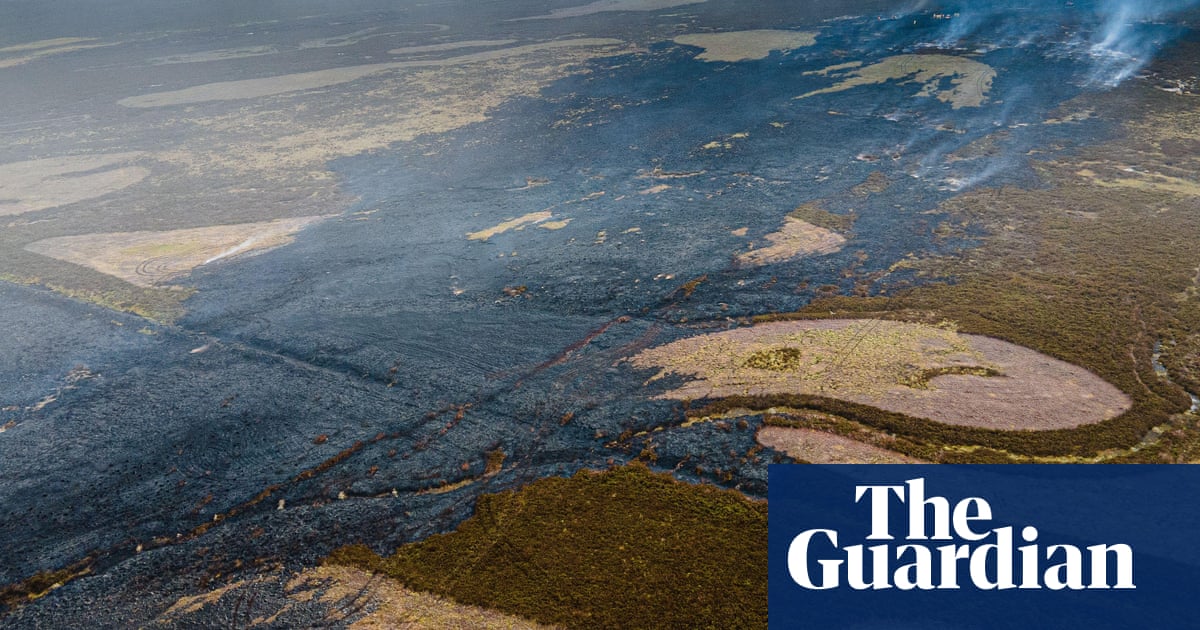
Cycling through Hope, I spotted a family of anoraks looking up doubtfully at the clouds. Moments later, the first few drops of a shower wet my face. This had been the story all month, one band of rain succeeding the next; a close grey blanket that had muffled summer. I passed a large board advertising the Hope Show, held at the end of August, and offered a prayer for all event secretaries in north Derbyshire anxiously refreshing their weather forecasts. In Bradwell, damp bunting added a little colour to the village’s miners’ cottages and a small sign pointed to the village’s well-dressing. There would be a similar sign in Foolow. Giving thanks for a reliable water supply is an appealing Derbyshire tradition, but this summer, I reflected, not such an urgent one.
The road from Bradwell to Foolow headed south, climbing a steep hill to the top of Bradwell Dale, where I turned south‑east along a straight, flowing lane flanked with limestone walls and a lush verge peppered with luminous purple flowers. Derbyshire’s county flower is Jacob’s ladder, appropriate as the county is among its few native strongholds. But the purple flowers I now encountered were, for me at least, a more certain touchstone of a Derbyshire midsummer. For while Jacob’s ladder has the biblical backstory, meadow crane’s-bill seems to fringe the entire landscape. For the next several kilometres this humble geranium would keep me company, a constant companion at the corner of my vision.
The flower’s colour lies somewhere between the rich imperial of Jacob’s ladder and the delicate blue of a harebell. It shows best, to my eye, on a lightly overcast day framed against the milky grey tones of a limestone wall. Under those conditions, it seems almost to hum with energy and depth. Meadow crane’s-bill is found across Europe and Asia, especially in north and central Asia, where its medicinal qualities are better appreciated. In Mongolia they even put it on a stamp. Yet in Britain, its presence remains if not unremarkable, then somehow unremarked, despite its ample compensation for a wet summer’s day.












